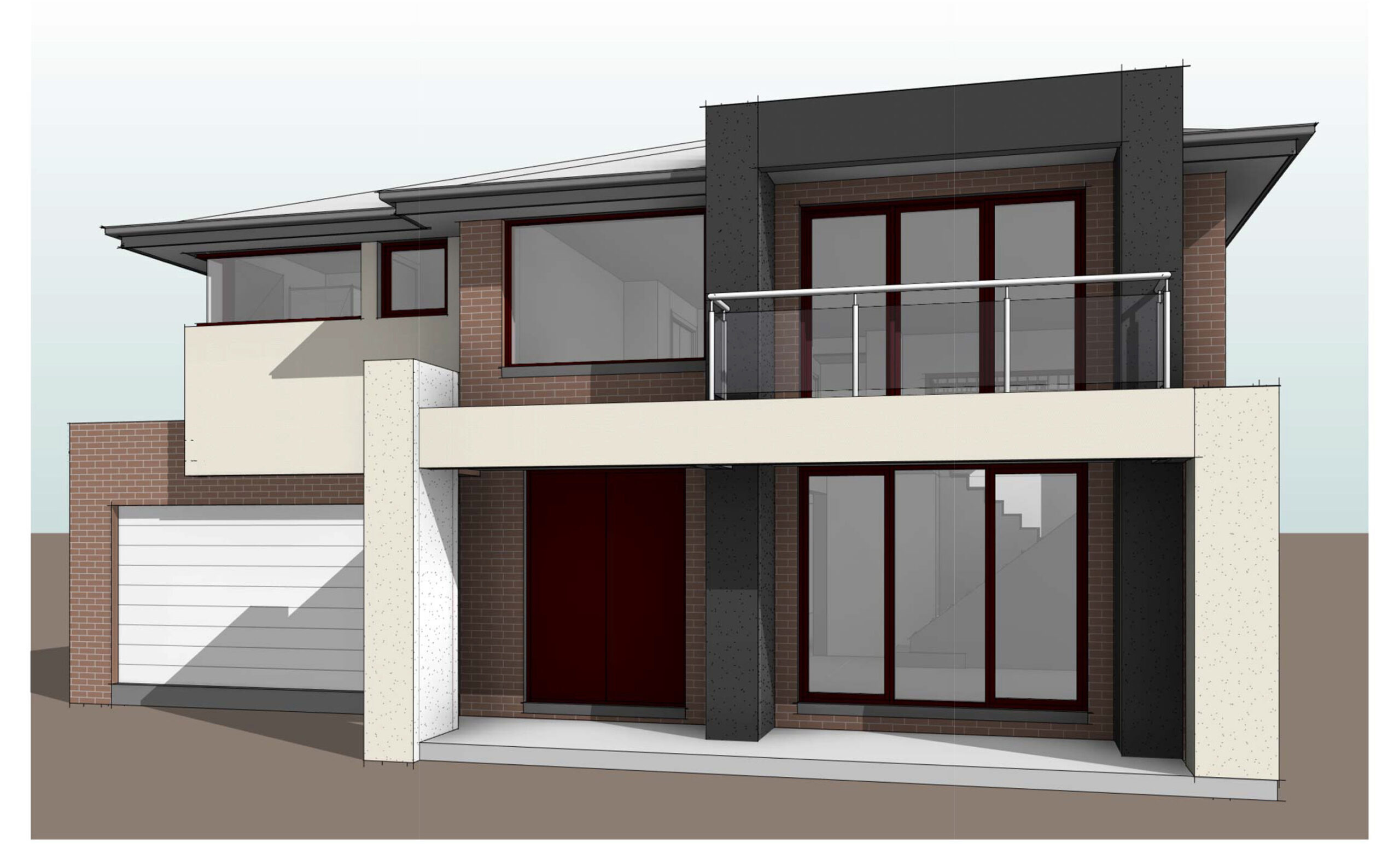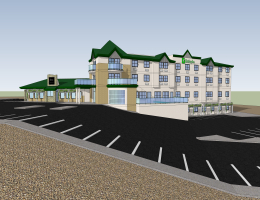What Future holds for BIM (Building Information Modeling) and VDC (Virtual Design & Construction?
Posted on : Sep 26, 2019
As an outsource partner for many of our esteemed leading builders, developers and architects across the globe, at C-Design we tend to keep ourselves updated with the future of any tool or technology; we keep ourselves abreast with the changing technical requirements of our global clients to keep pace with the world markets. One such trend is future of BIM (Building information modeling) and VDC (Virtual design & construction).
Some of the industry expert and our clients foresee inclusion of more reality captures like laser scanning and drone shots both static and dynamic in BIM and VDC in future. For contractors and construction team experts modeling of energy and auditing of the operating costs along with meeting the LEED standards becomes the most critical part to get them occupied in the virtual prototype even before the structure is erected. This also helps the team to ensure good construction quality undertaking proper safety measures.
Some of our expert outsource CAD services clients expects that more activities related to the construction would take place off site in place of on-site at least for next 3 years. Prefabrication factories shall be playing the major role in construction industry for which modular designs shall be driving the industry as the back bone. Today many of our outsource architectural services clients are using BIM and VDC for their prefabrication needs in terms of mechanical, electrical and plumbing models which in-turn are replacing shop drawings.
Apart from the bucket list of all the value additions, there are still some challenges faced by our esteemed architectural services clients globally. Many a times core issue lies in the actual adaptation and implementation of this technology at the very execution level. One of the key challenges in this regards is the talent management vis-à-vis technical know how. Some of the external challenges faced by our CAD Services clients are primarily disjointed and many a times unorganised value chains like wide spread subcontracting and the competitive landscape.





